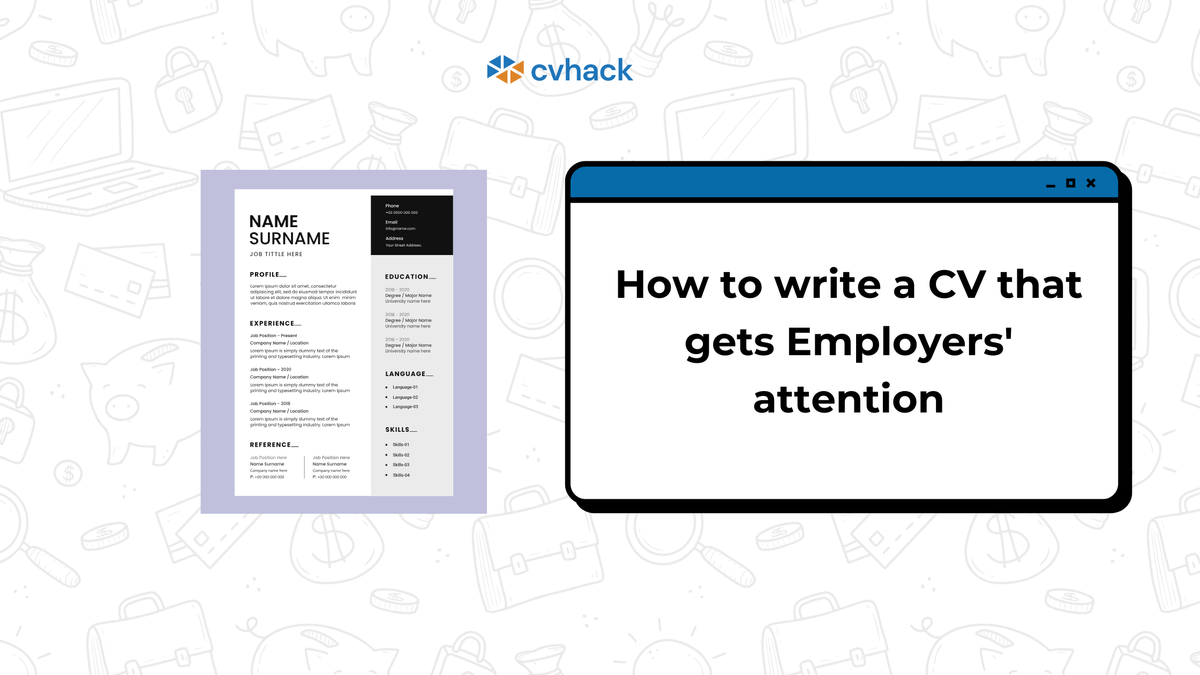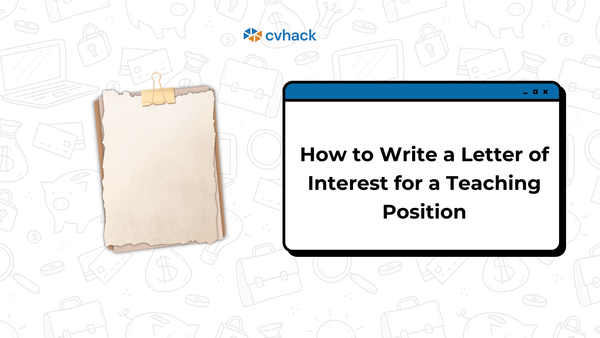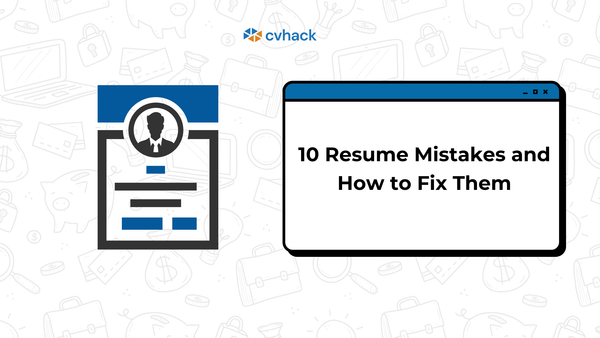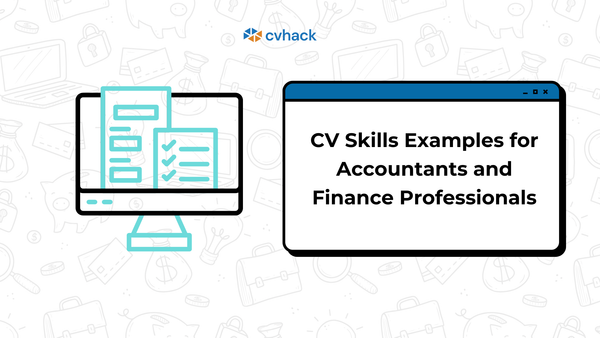How to Write a CV that Gets Employers’ Attention
Step by step guide on how to write a CV that grabs attention of prospective employers

In today’s highly competitive job market, your CV is more than just a document, it is your first impression and your biggest marketing tool as a jobseeker. Before an employer ever meets you, your CV tells your professional story and signals whether you are a good fit for the role.
Create an attention grabbing CV here
A poorly crafted CV can cost you opportunities, while a strong one can put you at the top of the shortlist. If you’ve been wondering how to write a CV that grabs employers’ attention, this guide breaks it down step by step.
Understanding What Employers Look for in a CV
Employers are not simply looking for long lists of past roles. They want:
- Results – what impact did you make in your previous positions?
- Relevance – does your experience and skillset fit the specific role?
- Skills – both technical and soft skills that show you can do the job.
Beyond these, recruiters value clarity, brevity, and optimisation. Hiring managers spend only a few seconds scanning a CV initially, so if your document is cluttered, vague, or irrelevant, it won’t survive the first cut.
Key Elements of a CV That Grabs Attention
To make sure your CV stands out, these are essential elements to consider when writing your CV:
1. Professional Design and Formatting
Keep your CV clean and professional. Use a simple, readable font (such as Calibri, Arial, or Times New Roman), clear headings, and consistent spacing. Avoid heavy graphics or complex templates that make it hard to skim.
2. Powerful Professional Summary
Your CV should open with a short professional summary (3–5 sentences) that highlights your biggest strengths. Think of this as your elevator pitch:
- Who are you?
- What’s your key experience?
- What value can you bring to the employer?
Example: “Experienced digital marketing specialist with 6+ years managing data-driven campaigns that increased client ROI by up to 40%. Skilled in SEO, paid ads, and analytics, with a strong track record of leading cross-functional teams to deliver results.”
3. Core Skills Section
Create a section that lists your most relevant skills and competencies. This makes it easy for recruiters and Applicant Tracking Systems (ATS) to spot your strengths. Focus on industry-relevant hard skills (e.g., SQL, project management, Figma) and a few soft skills (e.g., leadership, problem solving).
4. Work Experience
List your work history in reverse chronological order (most recent first). Under each role, don’t just list duties. Instead, focus on achievements and quantifiable results:
- Increased sales by 20% in six months.
- Reduced customer complaints by 35% by redesigning support processes.
- Trained and managed a team of 10 interns.
This makes your contributions clear and memorable.
5. Education & Certifications
Include relevant degrees, certifications, and professional training. If you’re experienced, this section should come after your work history. Highlight only what is relevant to the role you’re pursuing.
6. Additional Sections
Strengthen your CV with extras such as:
- Awards or recognitions.
- Projects you’ve successfully completed.
- Publications or media features.
- Memberships in professional associations.
These can make your CV stand out, especially if you’re in competitive industries.
Strategies for Writing a CV That Stands You Out
Even with the right sections, how you write your CV matters. Here are key strategies:
- Use Action Verbs: Start bullet points with strong verbs like developed, led, achieved, reduced, implemented.
- Highlight Quantified Accomplishments: Numbers and outcomes create impact. “Managed a team” is weaker than “Managed a team of 12 and achieved a 95% project completion rate on time.”
- Keep It Concise: Each bullet point should be short and precise. Avoid jargon and unnecessary words.
- Tailor Each CV: Do not send the same CV everywhere. Instead, adapt your professional summary, skills, and experiences to match each job description.
Common Mistakes to Avoid When Writing Your CV
Many jobseekers unknowingly sabotage their chances by making these errors:
- Using a Generic CV: One-size-fits-all resumes rarely work.
- Poor Formatting: Fancy designs or cluttered layouts frustrate recruiters.
- Unexplained Career Gaps: Always provide context for breaks in your career.
- Overloading with Irrelevant Details: Only include what strengthens your case.
- Typos and Errors: Nothing says “unprofessional” faster. You can use tools like CVHack’s CV Review Tool to polish your document and catch errors.
Optimising Your CV for ATS (Applicant Tracking Systems)
Most companies now use ATS to filter applications before a human ever sees them. To ensure your CV makes it through:
- Use Keywords: Extract important terms from the job description and naturally weave them into your CV.
- Avoid Graphics and Tables: These often confuse ATS systems.
- Stick to Standard Fonts: ATS may not read decorative fonts correctly.
- Use the Right Format: Save your CV in .docx or PDF unless otherwise stated.
ATS optimisation ensures your CV isn’t rejected before it’s even reviewed.
Conclusion
Learning how to write a CV that gets employers’ attention is about combining structure, clarity, and relevance. A strong CV highlights your skills, showcases measurable achievements, and avoids common pitfalls that send applications to the rejection pile.
Remember: your CV is not just a list of jobs—it’s your personal marketing document. If done right, it will open doors, land you interviews, and bring you closer to your career goals.
When in doubt, use a professional CV editor like CVHack.com to build, edit, and optimise your CV for today’s competitive job market. In a world where first impressions matter, investing in a standout CV is one of the smartest career decisions you can make.




